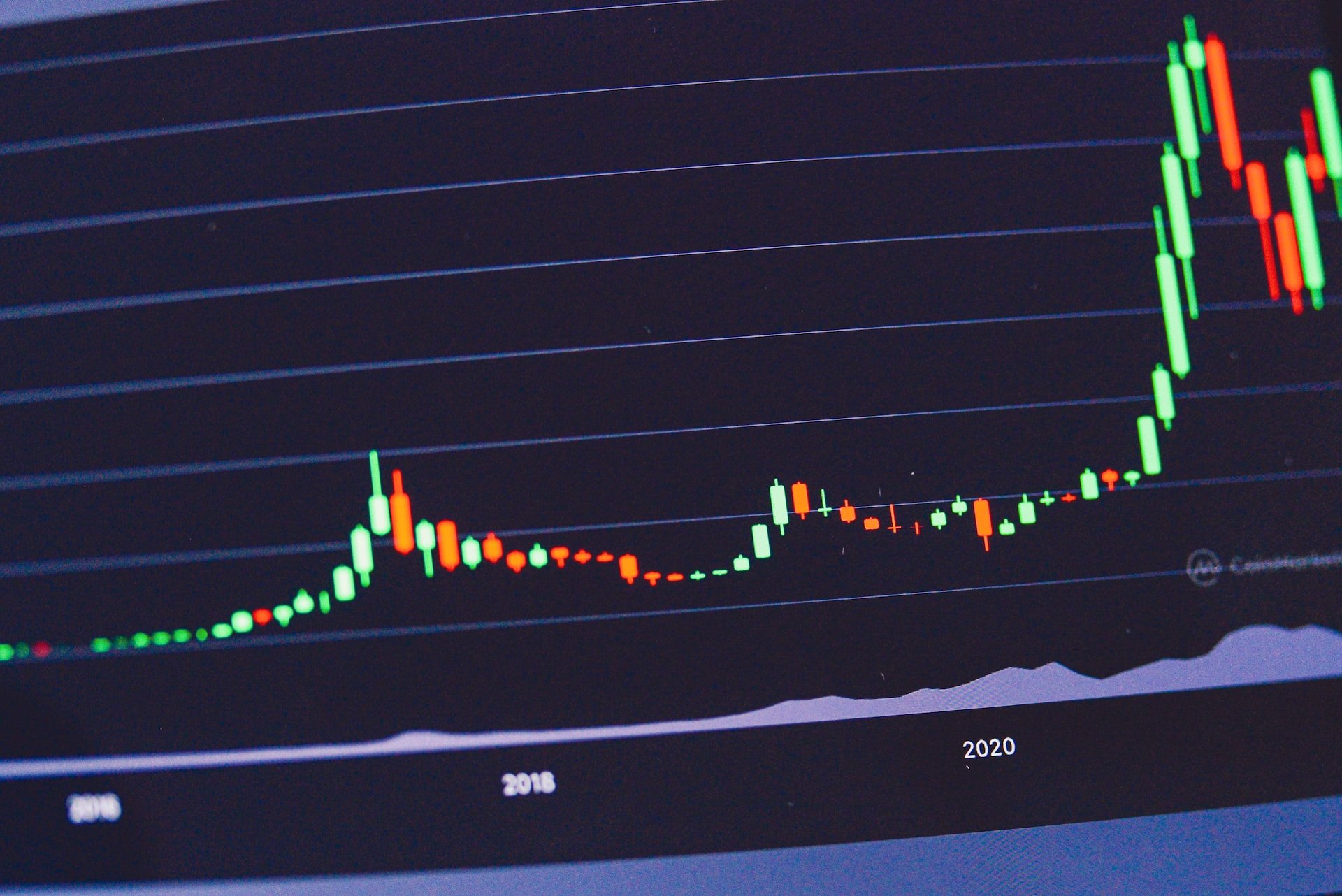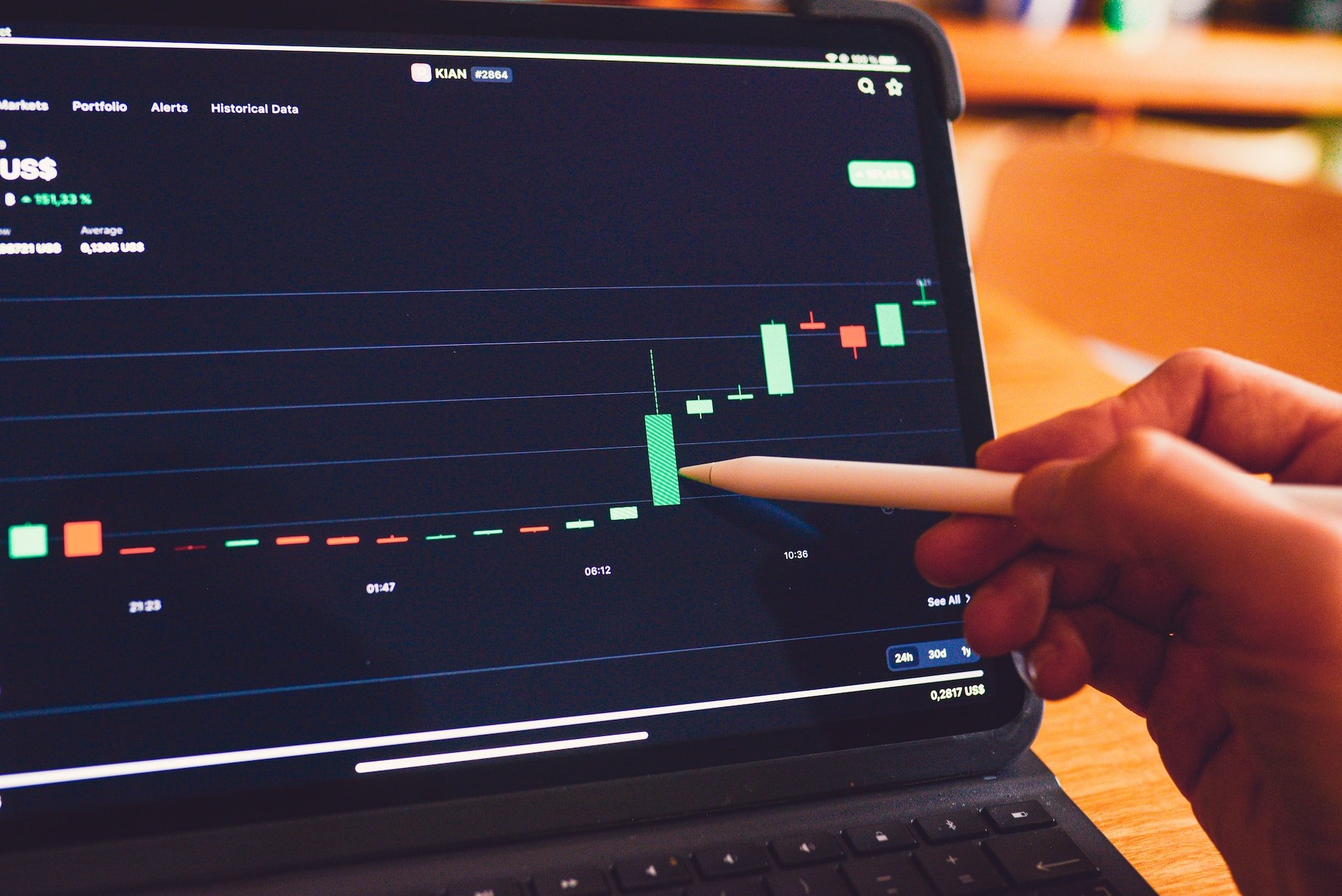
The past year hasn’t been kind to stock market investors. The S&P 500 index dropped by 19% for the year, while the Nasdaq Composite index fell by a staggering 33%. But the stock market has experienced something of a rally in recent months. Why is the stock market going up? And what can investors expect in the near future?

Is the Stock Market Going Up?
Before you can answer, “Why are stocks going up?” you’ll have to make sure that they actually are. Fortunately, all signs point to yes. Your 401(k) likely tracks the S&P 500 index, which has climbed by over 18% since January. And the Nasdaq has similarly risen by 35%, while the Dow Jones Industrial Average has climbed by 6%.
Why Is Stock Market Up?
Why is the stock market going up? Is this simply a rebound from the poor performance of 2022? Partly, yes, though there are some specific reasons investors are seeing robust returns. Here are some of the main reasons why stocks are going up.
Inflation Is Slowing
In 2022, companies saw considerable hand-wringing over out-of-control inflation. While inflation remains a concern, the consumer price index (CPI) has risen by only 3% this year — a far cry from last year’s unprecedented 9% spike, according to the Bureau of Labor Statistics.
With higher consumer spending, companies are seeing an increase in the cash flow they need to expand and flourish.
Tech Developments
Why are stocks going up in the tech sector? The rise of artificial intelligence has driven positive growth across multiple companies, which influences stock metrics such as the Nasdaq Composite index.
Giants like Microsoft (MSFT) are joined by Oracle (ORCL) and Palantir Technologies (PLTR) as they continue to make strides in both AI and cloud computing technologies.
Recent Job Growth
The Bureau of Labor Statistics reports that March alone saw the addition of 236,000 jobs. Technically, that’s a slowdown from previous job growth numbers, but the overarching message is that America is returning to work. That’s good news for American companies ready to tap into that labor capital to fuel their operations.
Investors Reengaging the Market
With rising inflation and interest rate hikes, many investors have returned to the stock market. This change in market sentiment has a compounding effect; as more investors put their dollars into these companies, the companies are more likely to thrive.
Supply Chain Stabilization
Inflation was partly due to Federal Reserve interest rate hikes, but it didn’t help that many companies had been experiencing significant supply chain disruptions since the 2020 pandemic.
Now, most companies have adapted, emerging with greater resilience than ever before. These companies have stabilized their inventory and supply chain management, contributing to job growth and making corporate revenue more predictable.
Possible Interest Rate Reduction
The Fed had been raising interest rates, deterring investors from engaging the market. But some experts predict the Fed will stop raising interest rates — and may even lower them — by the end of 2023. As Adam Turnquist, chief technical strategist at LPL Financial, told ABC News, “The theme we’re seeing in 2023 is ‘The end is near.’”
Reasons to Remain Cautious
Why is the stock market going up? All signs point to a resilient economy, new tech developments, and confidence that the nation’s interest rates will soon normalize. But that doesn’t mean that the future is entirely bright. Investors should remain cautious for several key reasons.
Historical Dips in September
First, the month of September has historically been a low point for the U.S. stock market. The S&P 500 index has declined by an average of 1.1% each September, under a trend that dates back to 1928. Some sectors may rally as the holiday season approaches, but investors can expect to see volatility on the immediate horizon.
Possible Interest Rate Hikes
Yes, the recent stock market rally has been attributed to potential federal interest rate reductions. But this possibility is not a certainty. Jerome Powell, head of the Federal Reserve, recently cautioned that the Fed is “prepared to raise rates further.” This statement runs counter to many investors’ hopes that interest rates will soon come down.
Coming Recession
Fears of an economic recession continue to loom large over the U.S. stock market. Thankfully, inflation rates are slowing — but not stopping.
The possibility of another interest rate hike has sparked concerns that the U.S. economy may face at least a mild recession in the final quarter, which has soured investor confidence and may even have slowed down expansion projects among U.S. businesses.
Earnings Slowdown
Perhaps most significantly, some believe that the recent stock market rally may not be financially sustainable when examining corporate revenue.
For instance, while the S&P 500 index has had an impressive 2023 rally, the earnings of the index have dropped by 5.2% year-over-year during the second quarter. That’s the largest drop since 2020, prompting questions about the long-term trajectory of the market as a whole.
Continued War in Ukraine
Geopolitical instability remains a key concern, especially for companies in the energy sector. Recently, energy companies took a hit due to the Russian invasion of Ukraine. It’s possible that as tensions ease, these companies could experience at least a mild recovery. But there’s no guarantee of how the Russo-Ukrainian War might impact the global supply chain.
Investment Strategy for the Rest of 2023
Why is stock market up in 2023? And will it continue into the coming year? These two questions are closely related. If the immediate future sees a slight dip from the recent rally, more investors may take a cautious approach to their investments.
As you watch the market closely to see whether the current trends continue, consider these tips for investing in the remainder of 2023.
Focus On Large-Cap Stocks
If prices do drop in the fall of 2023, now may be the time to purchase shares of undervalued stocks. Focus on large-cap stocks. These companies not only provide you with the potential for long-term growth but also have the resources to remain resilient regardless of the U.S. (or global) economy.
Manage Volatility With Dollar-Cost Averaging
During periods of volatility, investors may be concerned about major fluctuations in share prices. The best way to avoid this is with the dollar-cost averaging method, wherein you distribute your stock order across a period of days or weeks. That way, your investment costs will average out over time, preventing you from overpaying for any particular stock.
Research Carefully
Tech investors, in particular, should do their homework. Recent developments in AI and cloud computing have fueled the growth of startups and tech giants alike, but as this new technology rolls out, investors don’t know for certain how it will impact the actual revenue of these companies.
Consider Alternative Investments
Of course, if the stock market performs below expectations in the final quarter of 2023, investors might consider pivoting to alternative investments. High-yield savings accounts or bonds may prove to be more profitable than certain sectors of the market, and they come with lower risk.

Let Us Be Your Research Partner
So why is the stock market going up? There is no single cause, but America’s economic resilience has boosted investor confidence as the market rallies.
If you’re looking to invest in the near future, you’ll need a good investment platform. Gorilla Trades members gain access to exclusive content, research tools, and more. Sign up for your free trial, and you’ll receive 30 days of stock picks sent straight to your inbox.
